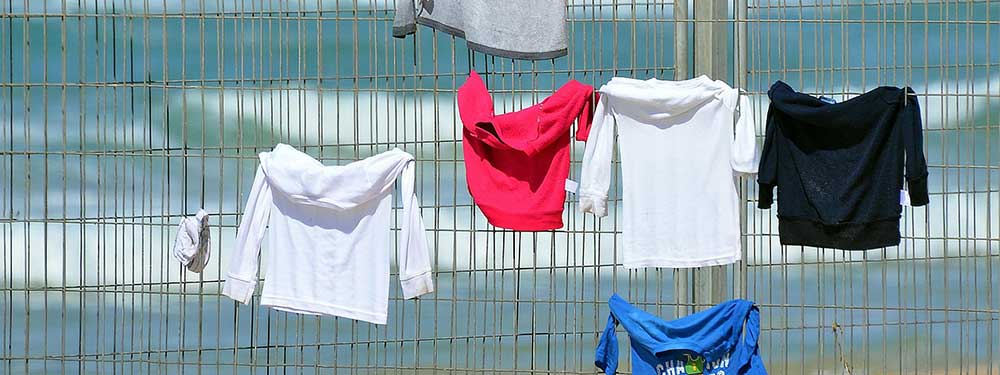Sunscreen is essential for protecting yourself from the summer sun, but it’s not your only line of defense. Ultraviolet protection factor (UPF) clothing can help, too.
Your entire summer wardrobe doesn’t need to have a UPF rating, but you should keep in mind that not all fabrics provide equal protection.
UPF clothing can remove a lot of the guesswork. In general, it’s made with lightweight, breathable fabrics and it includes features like hoods and extendable collars that help ensure you stay covered up.
But the market has grown in recent years because brands have realized a simple truth: The best sun-protective clothing is anything you’ll actually wear. So, UPF clothing is also relatively comfortable and fairly stylish now.
If this is a new frontier for you, here’s some guidance on what to buy.

What is UPF?
Let’s start by taking a closer look at what UPF ratings are. Like SPF for sunscreen, UPF represents the fraction of the sun’s UV rays that penetrate the fabric. For example, a UPF rating of 25 means the material allows 1/25 (4%) of UV radiation in, and a UPF 50 garment lets in 1/50 (2%).
Every fabric has a UPF rating, though most clothing is not tested. Similar to sunscreen, UPF clothing is tested at independent labs. But unlike with sunscreen, that testing is completely voluntary rather than a regulatory requirement.
Companies that make and sell UPF fabrics in the United States typically follow standards set by ASTM International and the American Association of Textile Chemists and Colorists (AATCC). Clothing tags usually include a UPF rating, but not necessarily whether brands have complied with these standards or others.
It’s also important to note that a garment’s original UPF rating can vary with wear, washing, and whether the fabric is wet or dry. A white T-shirt, for example, has a UPF of around 7 (though that varies from garment to garment), and that drops to 3 when it gets wet, according to the Skin Cancer Foundation. (Dark denim, for comparison, has a UPF of about 1,700, meaning it provides nearly complete sun protection.)
A Seal of Recommendation from the Skin Cancer Foundation does indicate compliance, though not all brands apply for the distinction. To be eligible to apply, a company must be a member of the Skin Cancer Foundation Corporate Council, and the annual membership fee is $15,000.
A garment isn’t considered sun protective if its UPF rating is lower than 15. To earn the Skin Cancer Foundation’s Seal of Recommendation, a garment must have a UPF rating of at least 30, as determined by an independent lab.

UPF clothing to consider
Some non-UPF-rated clothing you already own may be able to protect you from the sun, allowing you to pick and choose how you’d like to enhance your summer wardrobe. Here are a few general qualities to consider when sifting through your closet:
- Thicker, darker fabrics are more protective than thin, light materials.
- The tighter the weave, the less the sun’s rays can pass through.
- Generally, synthetic fabrics and blended fabrics are better at protecting against UV radiation than fabrics made from natural fibers, such as 100% cotton.
- When a fabric is stretched against your skin, it creates gaps in the fiber. A looser fit offers more protection.
- A garment can only protect your skin if it covers or shades it.
A hat is a good place to start your shopping because the head and neck get a lot of exposure to the sun. Look for one with a 3-inch brim. It should cover your ears and neck. Avoid straw hats, for the most part, because holes in their weave can let UV light in.
A hoody is another good option. Many UPF hoodies are light, breathable, and comfortable, even on hot days. There are so many to choose from, so let the activity you intend to use it for help you narrow your choices. For example, the lightest hoodies may be ideal for running, but they probably won’t hold up well to yard work. Either way, the hood should cover your ears and neck.
And remember: This clothing is meant to complement sunscreen, not replace it.



 You’re Probably Applying Sunscreen Wrong. Here’s How to Do It Right
You’re Probably Applying Sunscreen Wrong. Here’s How to Do It Right